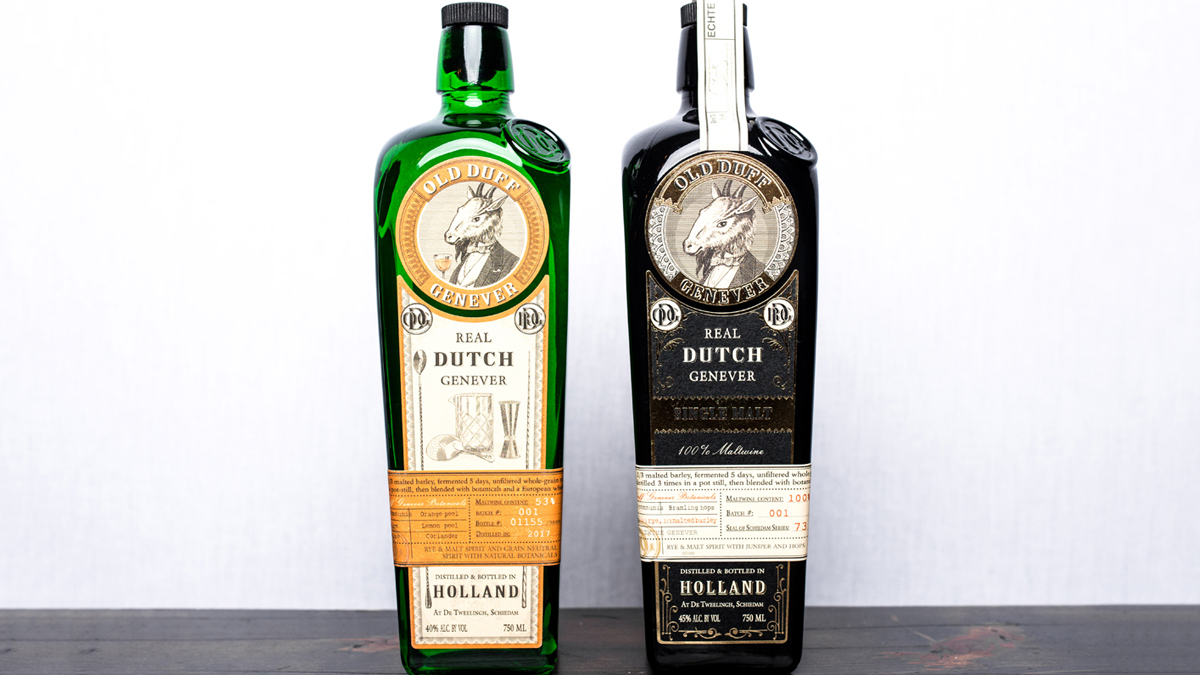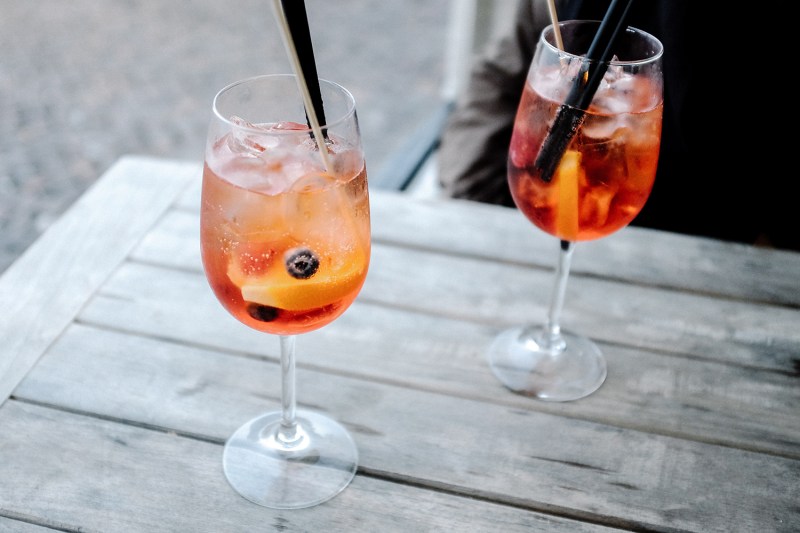Fans of world sport rejoice: The Cup is here. That’s right — the World Cup has officially kicked into gear with 32 national teams playing in Qatar to determine the best pro team on the planet.
Events this grand call for some good drinks, at least if you listen to all those folks chanting, “We want beer.” And while alcohol is somewhat off-limits in the Arab host country, given the beer ban in Qatar, fans watching at home all over the globe will be enjoying cocktails of their own making. These drinks are prepared just before a nation takes the field and reflect the culture of the home country.

So what will the world be drinking this World Cup? We broke it down by country, listing a signature cocktail of each of the top eight ranked countries competing in World Cup 2022. So, go on, put your jersey one, get your shaker out, and start celebrating the best sporting event on earth.
Brazil: Caipirinhas
Brazil is a big favorite at this World Cup, and fans from Rio to Sao Paolo will be drinking their share of caipirinhas. Essentially the cocktail of the nation, this simple and lovely drink is basically a Brazilian daiquiri. Here’s how to whip one up.
Ingredients
- 2 ounces cachaça
- 2 teaspoons of sugar (cane sugar is best)
- 1 lime (use 2 if the lime lacks juiciness)
- lime wheel for garnish
Method
- Cut the lime into wedges and remove the pith (the white, fibrous middle portion of the lime).
- Place the lime wedges and sugar into an old fashioned glass and muddle well.
- Add the cachaça and stir.
- Fill the glass with ice and place the lime wedge on the rim.

Belgium: Negroni with Genever
In Belgium, genever is a big deal. This clear and wildly aromatic spirit, also known as Dutch gin, is huge in Belgium as well, where it’s enjoyed on its own or in any number of cocktails. This recipe from Wine Enthusiast is a great take on the negroni.
Ingredients
- 1 ounce genever
- 1 ounce Campari
- 1 ounce sweet vermouth
- Orange peel for garnish
Method
- Combine all ingredients (except garnish) in mixing glass filled with ice.
- Stir well, then strain into lightbulb-shaped glass.
- Serve alongside glass filled with ice and garnished with orange peel. Alternately, strain into rocks glass over fresh ice and garnish with orange peel.
Argentina: Fernet and Coke
This South American powerhouse is home to Lionel Messi, Patagonia, and amazing food and drink options. While fernet remains something of an insider drink here in the states, it’s huge in Argentina, especially with some soda. Here it is: A simple but delicious fernet and Coke.
Ingredients
- 2 ounces fernet
- 4 ounces Coke
- Lemon twist for garnish
Method
- Pour fernet into an ice-filled glass and top with Coke.
- Garnish with lemon twist.
France: Kir Royale
If we’re going to France by way of the cocktail, a great way to do so is via champagne, also called sparkling wine. This cocktail was born in France in the 19th century and really developed a following after World War II. If France raises the World Cup for a second consecutive time, you can bet that many of these drinks will be enjoyed all over the country. This recipe comes from liquor.com.
Ingredients
- 1/2 ounce creme de cassis
- Sparkling wine to top
- Lemon twist for garnish
Method
- Pour the creme de cassis into a champagne flute.
- Top with champagne.
- Garnish with lemon twist.
England: Black and Tan
Merry old England has one of its best teams in generations and should do well at this year’s Cup. This calls for a simple, beer-centric drink that’s easy to make and looks cool in the glass. Here’s how to make the black and tan.
Ingredients
- 8 ounces pale ale
- 8 ounces stout (Guinness is always good)
Method
- Pour pale ale into a pint glass.
- Add the stout, pouring over the back of a bar spoon to create float and fade in color.
Spain: Gin and Tonic
The Spanish gin and tonic, much like the country’s national soccer team, is all about catching the eye. The drink is set up with several complementary ingredients that give it some serious presentation points. Enjoy it on its own or, like the Spanish, with some tinned fish and conservas. This recipe comes from liquor.com.
Ingredients
- 2 ounces London dry gin
- 4 ounces tonic water, chilled
- Garnish with juniper berries, lemon wheel, and thyme
Method
- Pour the gin into a wine glass filled 3/4 full with ice.
- Top with the tonic and stir gently and briefly to combine.
- Garnish with juniper berries, a lemon wheel, and a sprig of thyme.
Holland: Snowball Cocktail
The Dutch way to do things often involves a creamy spirit made from eggs, sugar, and brandy. We love this recipe from delish.com.
Ingredients
- 2 parts advocaat
- 1 part brandy
- 1 teaspoon lime juice
- Sparkling lemonade
- Lime and cherries for garnish
Method
- Pour advocaat, brandy, and lime juice into a cocktail shaker and fill with ice.
- Shake until drink is chilled, or about 30 seconds.
- Strain drink into an ice-filled glass and top with a splash of lemonade.
- Garnish with lime wedge and cherry and serve.

Portugal: Porto Tonico (port and tonic)
Let’s head to Portugal for a drink that’s framed around Porto, one of the nation’s most famous exports. Here’s a great take on the Porto Tonico, or port and tonic. Do your best to seek out real Porto (it tastes better), and feel free to mess around with both the white and red options. Here’s a good launchpad recipe from thetravelbite.com. Remember: Have fun with your garnishes too, as the more fresh fruit (think citrus and berries) you add, the better.
Ingredients
- 2 ounces Port wine
- 8 ounces tonic water
- 1 orange
- 2–3 sprigs of mint
Method
- Fill two glasses with ice cubes.
- Pour 1 ounce of Port wine in each glass.
- Top off each glass with tonic water.
- Wash and slice the orange. Add an orange slice to each glass.
- Top with sprig of mint and serve.








